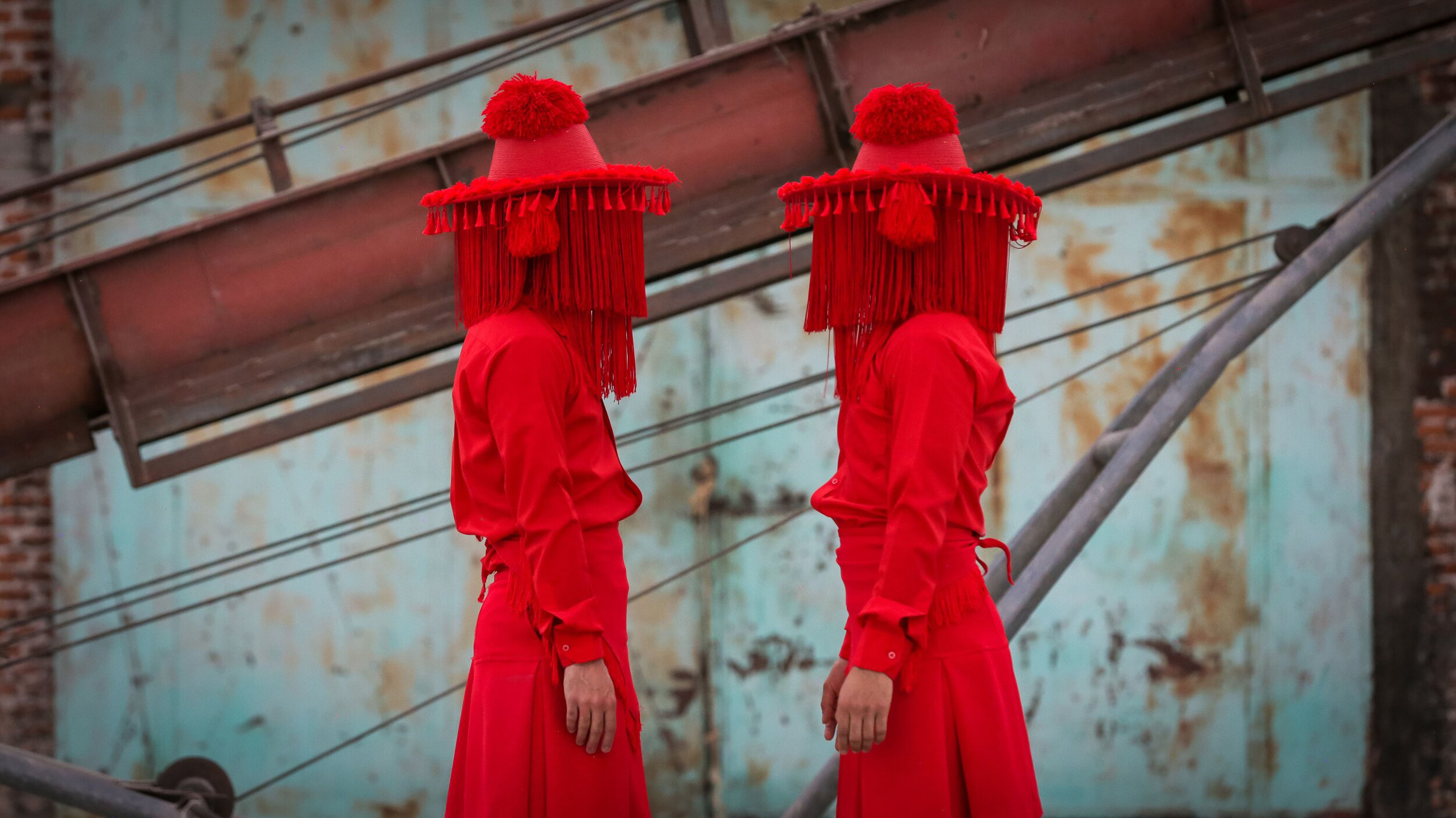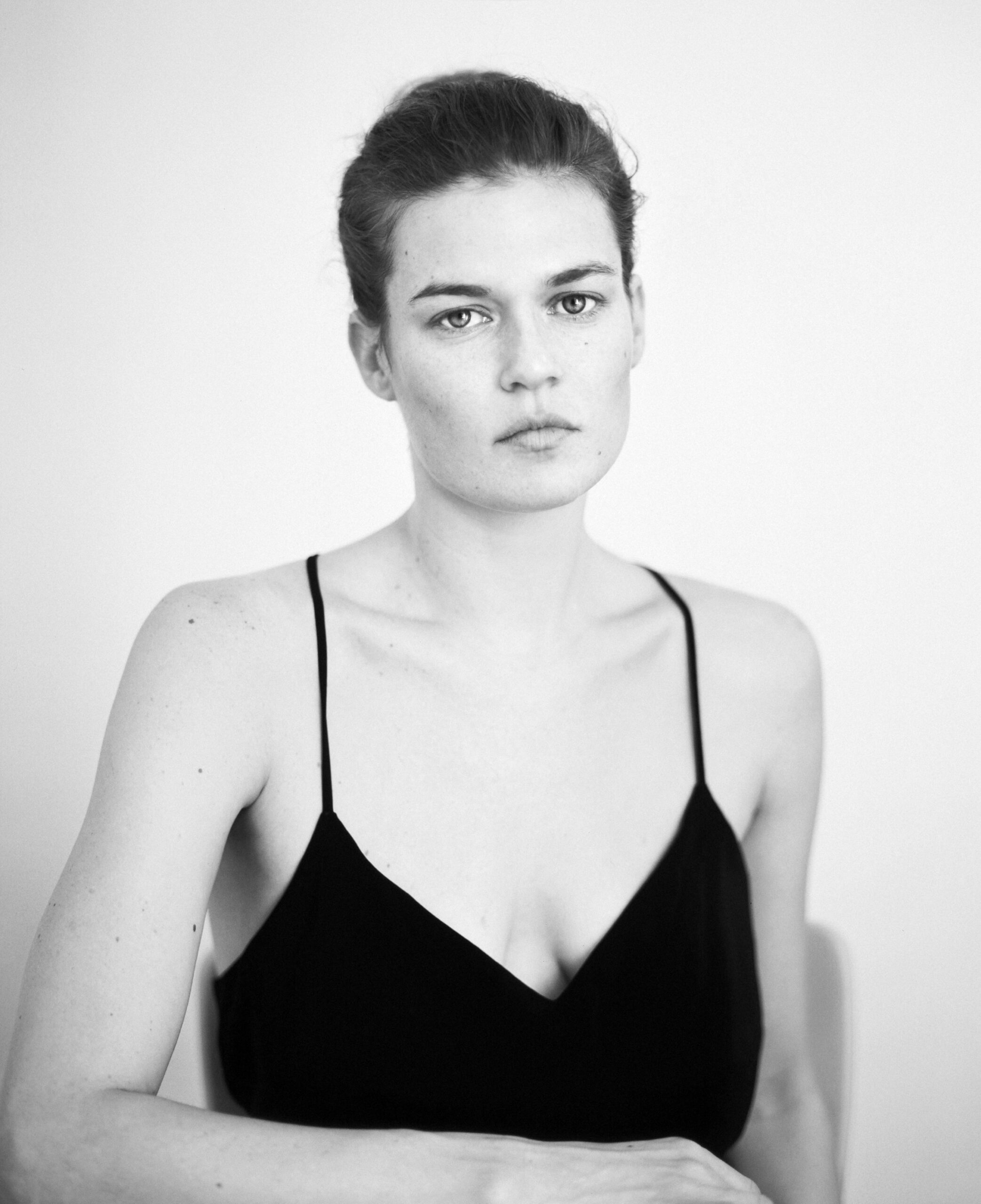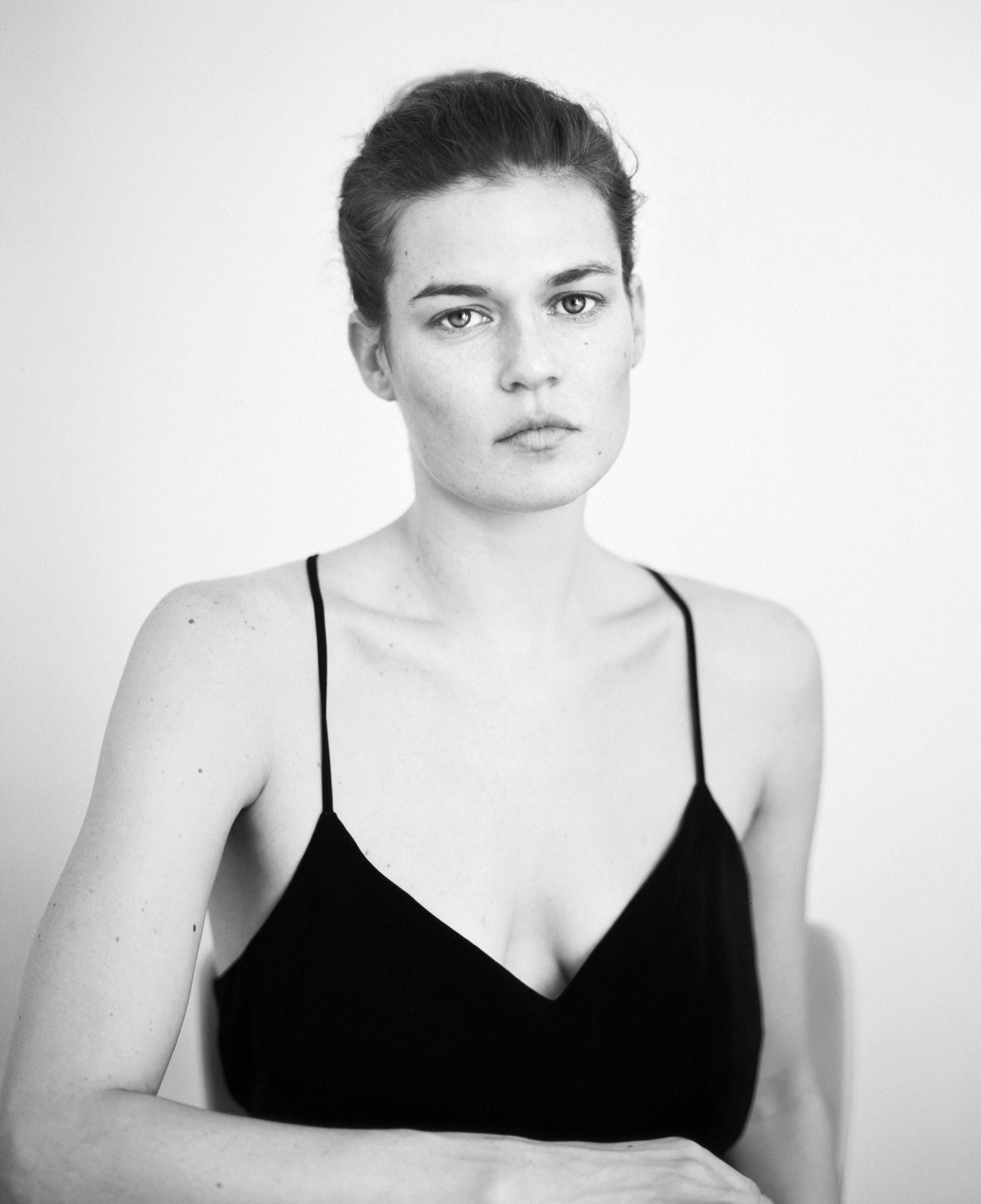
A Journey into the World of Acrobatics
Bastien Dausse’s acrobatic journey began at the Bordeaux circus school, leading him to the Académie Fratellini in 2011, where he specialized in acro-dance. Under the guidance of directors like Jérôme Thomas and Yoann Bourgeois, Bastien honed his skills and explored new dimensions of performance. In 2014, he co-founded the Barks company, creating the acclaimed show “Les idées grises” and earning prestigious grants. His talent shone at the IN d’Avignon festival in 2016, solidifying his reputation as a dynamic force in acrobatics.
Today, we caught Bastien Dausse in a moment of temporal and physical suspension, providing us with the perfect opportunity to delve deeper into his story and discover the essence of who he truly is.
Thank you for joining us, Bastien. Can you tell us about your journey into the world of acrobatics and how you discovered your passion for it?
Thank you very much for this invitation. I’ve always been fascinated by the acrobatic body and the body in motion. When I was very young, I was already trying to reproduce the stunts and impossible jumps I saw in martial arts films. I wanted to surpass myself, to be able to run up walls, jump from rooftop to rooftop – in other words, to play with gravity.
I then trained in circus arts, which was an extremely complete discipline for my taste. I could develop my passion for acrobatics, while discovering dance and theatre. Basically, an immense creative freedom.


The concept of equilibrium, derived from the Latin “aequilibrium,” holds different meanings for different individuals. What does it signify to you personally?
Equilibrium has always been a particularly concrete notion for me. When I was very young, I taught myself to walk on my hands; it was almost natural for me. Then there was the notion of perfect balance in my acrobatic practice. A little more height, a little less speed, a little more grip, a little less inclination: the success of an acrobatic figure was the result of the perfect equilibrium of a multitude of small actions.
It was only later that I realized that equilibrium could have a much broader meaning. The “equilibrium” I portray in my shows is open to interpretation and reverie. It’s a notion that speaks to everyone, and can mirror the world around us.
What drew you to specialize in acro-dance at the Académie Fratellini, and how did your experience there shape your artistic development?
The choice of discipline came very naturally. It wasn’t circus in particular that interested me, but rather the creative freedom I could find there.
Acro-dance was a discipline a little less full of history, less restrictive, and therefore, for my taste, offering me more narrative possibilities.
My discovery of dance, of the choreographic art form, came through acro-dance. I learned a form of acrobatics that could find its richness beyond the circus cliché of the most dangerous trick.


Your art frequently incorporates suspension from the ground. Could you elaborate on the significance of this recurring element in your work?
What fascinates me is the universality of suspension. The universality of the relationship with gravity. I like the idea that spectators can identify with what I present on stage. People often ask me if they can try out my devices, as if they were easy, as if they were just forms of gravitational escape. Unfortunately, I have to tell them the truth, explaining that it takes years of acrobatic work. But these reflections are very flattering, because that’s exactly what I’m aiming for, to convey a feeling of weightlessness, a lightness, always in a form of visual minimalism. I’m quite convinced that you can tell a lot with simplicity.
Can you share a memorable moment from presenting “Les idées grises” at the IN d’Avignon festival in 2016?
It was a quite crazy experience for me. The very beginning of my career, my first show, presented at the biggest theatre festival in the world. In fact, there are very few acrobatic forms presented at this festival.
The most beautiful memory was quite simply the evening of the premiere: we were playing outside, in a magnificent courtyard, the walls covered with ivy. Nightfall came right in the middle of our show, creating a completely timeless moment.
If you were to improvise a performance right now, what music or sound would you choose, and why?
For something so spontaneous, I think I’d choose Nils Frahm or Hania Rani. What I like about their music is obviously the lightness that can emanate from it, but also their evident mastery of their instruments.
The history of cinema has long depicted a conflicted and troubled relationship between man and machine, often portraying them at odds, as seen in Kubrick’s film “2001: A Space Odyssey.” However, in this case, we are discussing love rather than struggle. How did this symbiotic relationship with the machine develop? It is intriguing how, philosophically speaking, your temporal and gravitational suspension is also facilitated by the “machine,” which assumes an artistic purpose in our lives because of your presence.
My relationship with the machine has always been one of fascination rather than fear. From the early days of my training, I was captivated by the possibilities that machinery offered in terms of extending human capabilities. The machine, in this context, becomes an enabler of artistic expression, allowing me to explore new dimensions of movement and suspension.
It is not just about overcoming physical limitations, but also the desire to create objects that will intrigue and question the curiosity of the audience.
What does the idea of “living human sculpture” signify to you?
I’ve always had a passion for the visual arts, and modern art in particular.
When I was younger, when I saw certain works of art in museums, I regularly felt like climbing on them, playing with them, bringing them to life in a way other than by looking at them. This is one of the reasons why I now create performances with a dual purpose. The first is aesthetic, the second choreographic.
I like spectators to wonder what my devices are for, to appreciate them as sculpture, and to rediscover them when the dancers start working on them.

Leonardo da Vinci was an Italian scientist, inventor, and artist—a true Renaissance polymath, renowned for blending science, technology, and pure art poetically. Similarly, I see a skilful integration of science, technology, and art in your performance process. What were the initial steps in testing the machinery? Where did the intuition to present it to the audience in this manner originate? And how do you envision its evolution in the future?
Thank you for seeing similarities with such a genius ! The integration of science, technology, and art in my performances began with a deep curiosity and a desire to go further with my practice.
The initial step begins with the idea of a movement. I imagine an action, or a sensation I’d like to achieve, such as simulating lunar gravity, or walking on walls. Then there are months, even years of experimentation and research. I work a lot on an empirical basis, to find the solution that best suits my idea. I carry out dozens, hundreds of trials, modifying and improving the structures I imagine, sometimes even starting from scratch if I have the intuition that it’s not the right track.
Only then, when the object has been created, do I start the choreographic work. This stage is usually fairly quick, because the basis of all my creation comes from the idea of a movement.
I like the idea of building up a collection of objects, each of which in its own way allows gravity to be varied. In the future, I’d love to be able to develop the museal aspect even further, presenting real exhibitions with regular performances, where all the pieces are activated at the same time, for example.
Looking ahead, what are your aspirations and goals for your career as an acrobat and performer?
Obviously, I want to continue defying gravity. It’s a constant I think I need in my life. I want to continue and go even further in my work around the hybridisation of forms. I like to bring together circus, dance, sculpture and science.
And finally, I’d like to pursue my work as a choreographer, and not only as a performer. I take immense pleasure in orchestrating bodies, and I’d like to take things further, especially in my next show where I won’t be on stage.
Team
Photography · Matias Alfonzo
Styling · Elisa Schenke
Grooming · Miwa Moroki
Location · Cirque Les Noctambules








